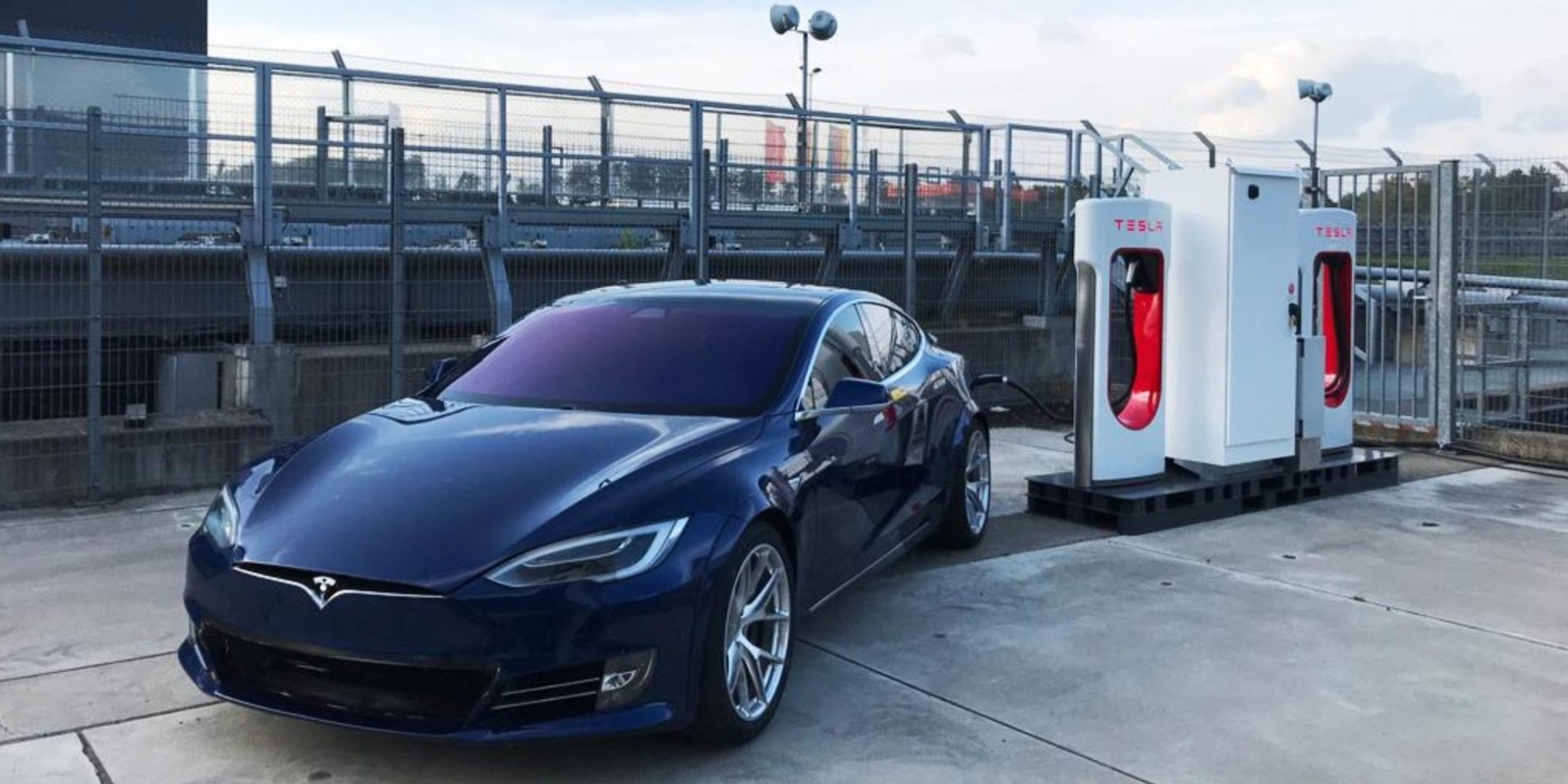With the deployment of the V3 Superchargers, and also the expansion of other companies’ ultra-fast networks, the owners of the Tesla Model S and X see how the Model 3 can achieve much higher load powers than they do. Something that the American manufacturer is now preparing to partially solve with an update that will increase the maximum rate at which the saloon and SUV will be able to access.
According to the notes of the latest software update, 2020.24.6, which is being released in the United States, it will have important news such as the Model 3 can stop at red lights and receive other improvements such as adding cameras sides to facilitate parking maneuvers. But undoubtedly one of the most interesting points is related to the increased load capacity of the Model S and X.
Within the system code, several users have found a line of code that discovers the new functionality that will allow the Model S and X to reach a rate of up to 225 kW charge rate. Something that will enable users to shorten the waiting time at the stations and improve the turnover rate.
It remains to be seen which models will benefit from this increase, since it is a remote upgrade, it will not affect physical elements. But it is expected that the beneficiaries are the most modern versions produced since the free use of the Superchargers.
It also remains to be also the behavior of the load curve, which in the Model S is somewhat more modest than in the Model 3. In the case of the S, the maximum rate seen so far in a V3 Supercharger has been 181 kW. A figure achieved with the battery SOC at 20%, and since then, it has gradually decreased. Something with the new software should allow it to improve slightly to reach higher peak power (up to 225 kW).
What are you conspiring now?
— SatinGreyTesla (@SatinGreyTesla) June 22, 2020
This will allow the Model S to cut the differences compared to other models, such as the Porsche Taycan, with a much more capable system. As we recall, in a recent comparative test by Car & Driver magazine, the Taycan needed 42 minutes to charge 53.2 kWh, while the Model S recharged 70.6 kWh in 104 minutes. Something that gives us an average of 76 kW for the Taycan and just 41 kW for the Model S. An aspect that this update will help to mitigate slightly, facilitating large displacements and reducing saturation in the most congested stations.

